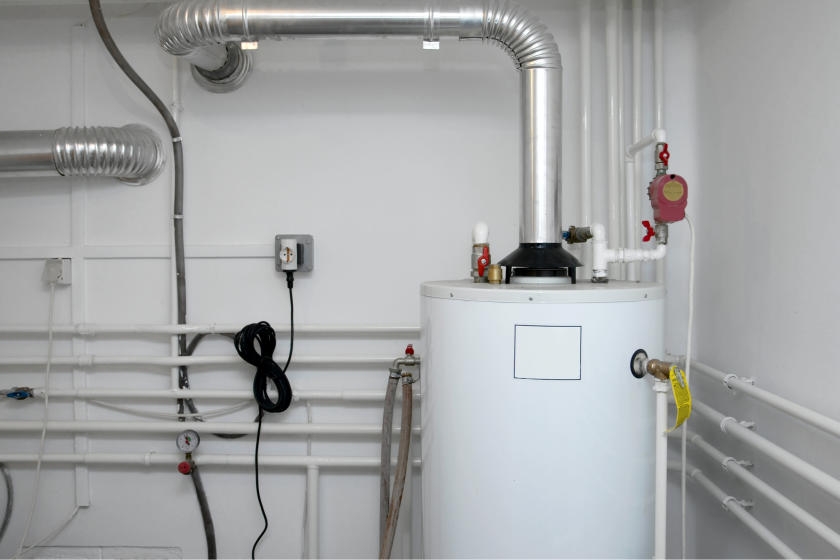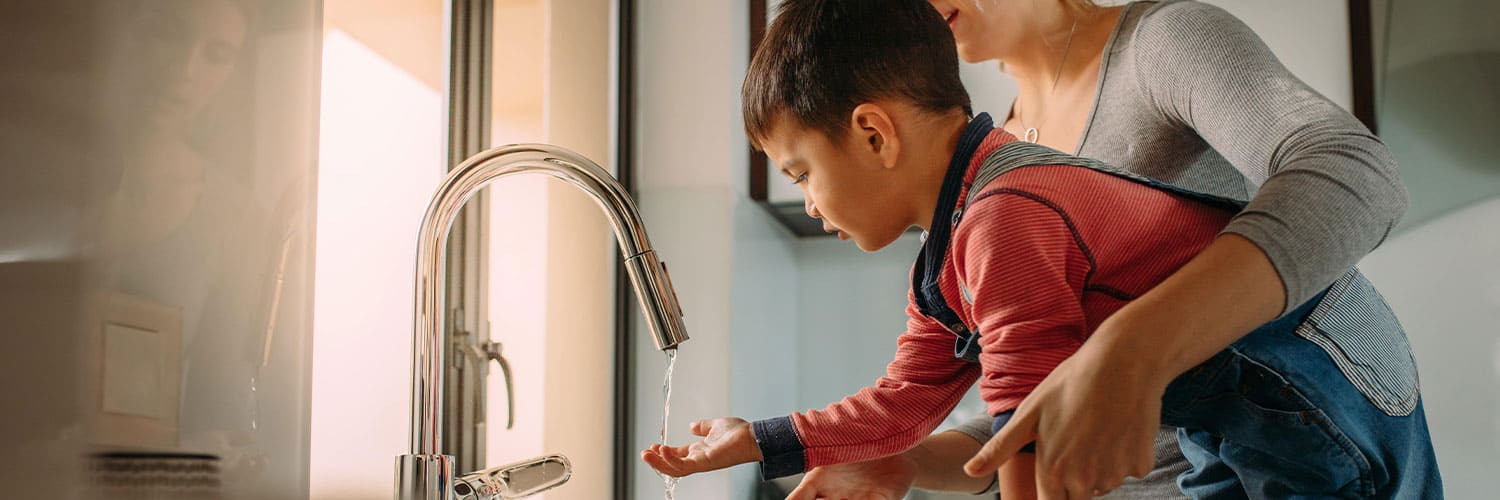Professional Advice for Maintaining Your Home's Hot Water System
Professional Advice for Maintaining Your Home's Hot Water System
Blog Article
The writer is making a number of great points about How to Maintain Your Water Heater & Prolong its Life overall in this great article just below.

Hot water is necessary for daily convenience, whether it's for a refreshing shower or cleaning recipes. To ensure your warm water system runs successfully and lasts much longer, normal upkeep is key. This post supplies practical suggestions and insights on how to preserve your home's hot water system to stay clear of disruptions and pricey repairs.
Introduction
Preserving your home's warm water system might seem daunting, however with a couple of straightforward steps, you can ensure it runs efficiently for years to find. This overview covers every little thing from recognizing your warm water system to DIY maintenance ideas and recognizing when to hire expert assistance.
Significance of Preserving Your Warm Water System
Normal upkeep not only extends the life expectancy of your hot water system but likewise guarantees it runs successfully. Neglecting maintenance can result in lowered efficiency, higher energy bills, and even premature failure of the system.
Indications Your Warm Water System Demands Maintenance
Knowing when your hot water system needs attention can prevent major concerns. Keep an eye out for indicators such as irregular water temperature, odd sounds from the heating unit, or rustic water.
Flushing the Water Heater
Flushing your water heater removes debris build-up, boosting performance and extending its life.
Checking and Replacing Anode Rods
Anode poles protect against deterioration inside the container. Evaluating and changing them when worn out is crucial.
Complex Concerns Calling For Specialist Assistance
Examples include major leaks, electric troubles, or if your water heater is regularly underperforming.
Routine Professional Upkeep Benefits
Specialist upkeep can include comprehensive evaluations, tune-ups, and ensuring conformity with security standards.
Checking and Readjusting Temperature Level Settings
Changing the temperature settings ensures optimal efficiency and safety and security.
DIY Tips for Maintenance
You can execute a number of upkeep tasks yourself to maintain your hot water system in leading problem.
Checking for Leakages
Regularly evaluate pipes and links for leaks, as these can lead to water damages and higher costs.
Comprehending Your Hot Water System
Prior to diving into upkeep tasks, it's handy to comprehend the basic parts of your hot water system. Typically, this consists of the water heater itself, pipes, anode poles, and temperature controls.
Month-to-month Upkeep Tasks
Regular regular monthly checks can help catch small issues prior to they escalate.
Examining Pressure Alleviation Valves
Testing the stress safety valve ensures it operates correctly and protects against excessive stress buildup.
Protecting Pipelines
Insulating warm water pipelines decreases warmth loss and can save power.
When to Call a Specialist
While DIY upkeep is beneficial, some problems call for professional experience.
Conclusion
Routine upkeep of your home's warm water system is important for effectiveness, long life, and expense financial savings. By adhering to these tips and understanding when to look for specialist help, you can guarantee a reliable supply of hot water without unforeseen disturbances.
How to Maintain an Instant Hot Water Heater
Before tinkering with your hot water heater, make sure that it’s not powered on. You also have to turn off the main circuit breaker and shut off the main gas line to prevent accidents. Also turn off the water valves connected to your unit to prevent water from flowing into and out of the appliance. 2. When you’re done, you have to detach the purge valves’ caps. These look like the letter “T†and are situated on either side of the water valves. Doing so will release any pressure that has accumulated inside the valves while at the same time avoid hot water from shooting out and burning your skin. 3. When the purge valves’ caps are removed, you have to connect your hosing lines to the valves. Your unit should have come with three hoses but if it didn’t, you can purchase these things from any hardware or home repair shops. You can also get them from retail stores that sell water heating systems. Read the user’s manual and follow it to complete this task properly. When the hosing lines are connected, open the purge port’s valves. 4. You should never use harsh chemical cleaners or solutions when cleaning your unit. Make use of white vinegar instead. It should be undiluted and you’ll probably use about 2 gallons. 5. Now flush your water heater. This task should probably take about 40 minutes. We can’t give you specific directions for this because the procedure is carried out depending on the type, model and brand of your heater. With that being said, refer to the user’s manual. 6. When you’re done draining the unit, you have to turn off the purge port valves again. Remove the hosing lines that you earlier installed on each of the water valves. Put the valve caps (purge port) back in their respective places and be very careful so as not to damage the rubber discs that are found inside these caps. 7. Now that everything’s back in place, check your user’s manual again to find out how to reactivate your water heating system. 8. Once it is working, turn one of your hot water faucets on just to let air pass through the heater’s water supply pipes. Leave the tap on until water flows smoothly out of it. https://www.orrplumbing.com/blog/2014/september/how-to-maintain-an-instant-hot-water-heater/

Do you appreciate more info about What Kind of Maintenance Do Water Heaters Need?? Make a comment down below. We will be happy to hear your opinions about this blog. We hope to see you back again in the future. For those who liked our blog posting plz be sure to share it. We take joy in your readership.
Find Out More Report this page